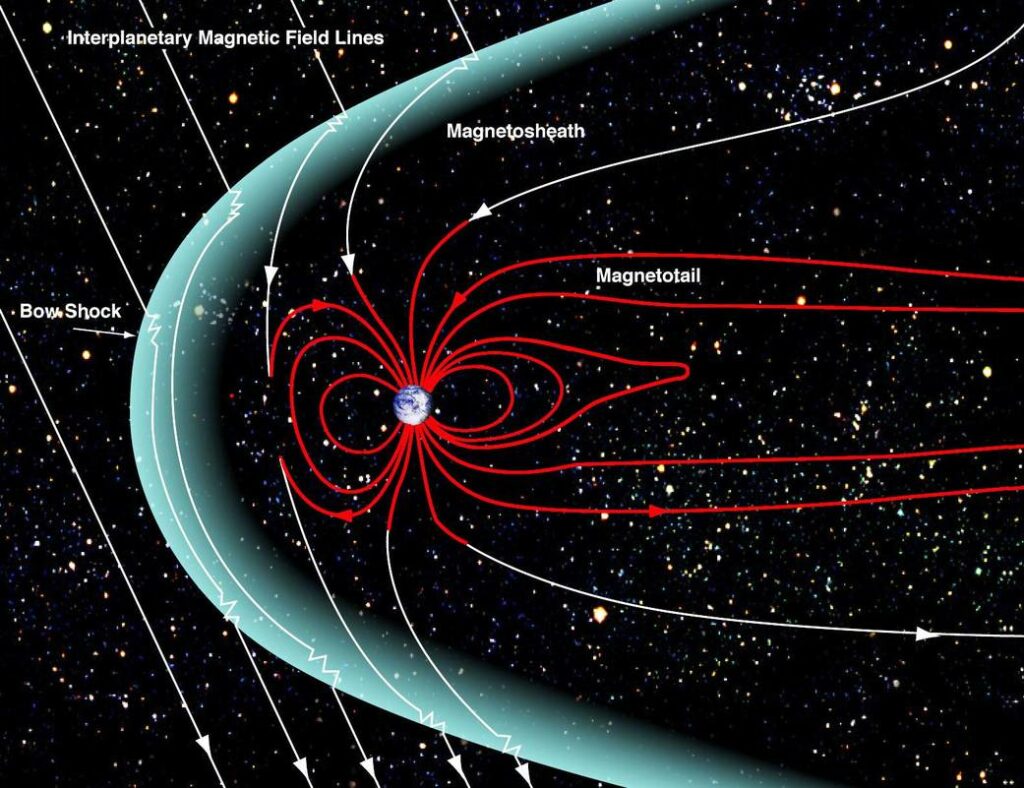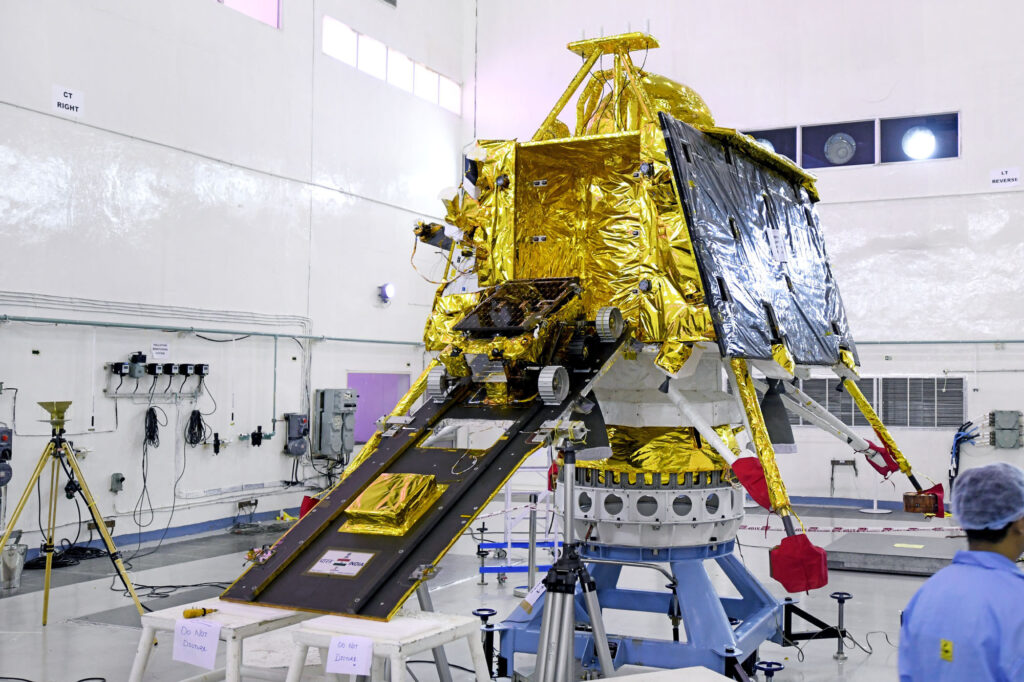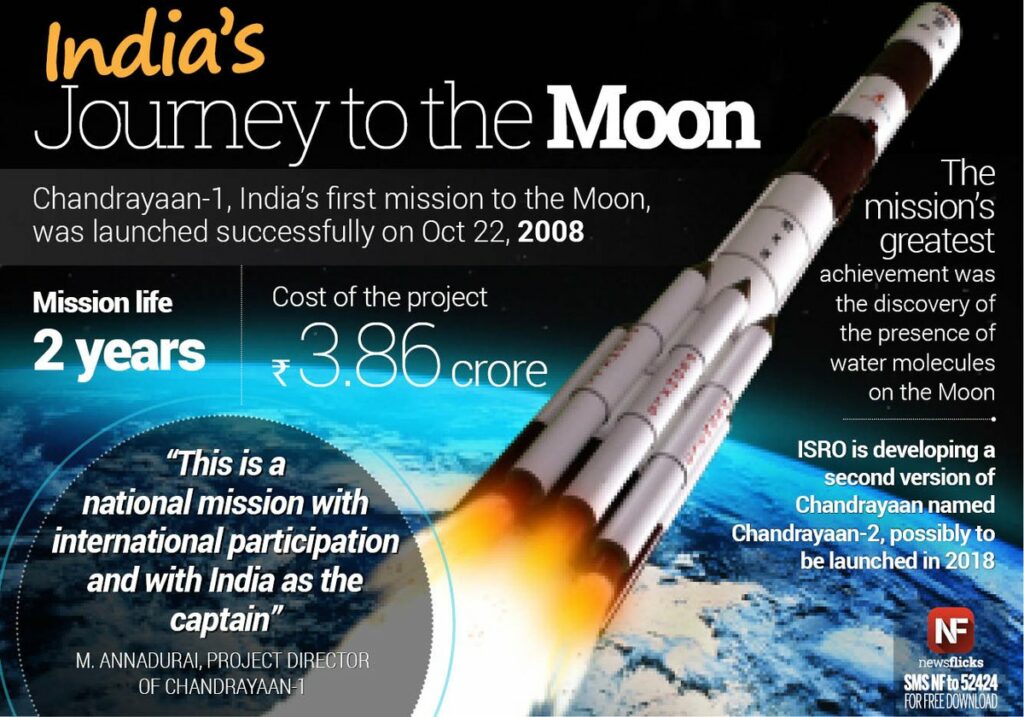Using information gathered during the Chandrayaan-1 mission, scientists have elucidated the source of water ice observed in the Moon’s eternally shadowed regions. Their findings, published in the journal Nature Astronomy, propose that energetic electrons within Earth’s plasma sheet are playing a role in lunar surface weathering and may have facilitated the generation of water on the Moon.
The plasma sheet denotes a region containing trapped charged particles situated within the magnetosphere, a segment of space surrounding Earth influenced by its magnetic field.

The magnetosphere serves a crucial function in shielding Earth against space weather and solar radiation. The solar wind exerts pressure on the magnetosphere, causing it to deform and extend into a lengthy tail on the nighttime side, reminiscent of the tail formation observed in comets. Within this tail region of the magnetosphere lies the plasma sheet, housing both high-energy electrons and ions originating from both Earth and the solar wind.
The scientists expanded upon earlier research, which had already demonstrated that oxygen present in Earth’s “magnetotail” is causing iron to oxidize (rust) in the lunar polar area. They then decided to delve into the alterations in surface weathering that occurred as the Moon traversed through Earth’s magnetotail.

This provides a natural laboratory for studying the formation processes of lunar surface water. When the Moon is outside of the magnetotail, the lunar surface is bombarded with solar wind. Inside the magnetotail, there are almost no solar wind protons and water formation was expected to drop to nearly zero.
Shuai Li, lead researcher

The scientists examined remote sensing data gathered by the Moon Mineralogy Mapper during the Chandrayaan-1 mission spanning from 2008 to 2009. Their primary focus was on monitoring alterations in water formation as the Moon moved through Earth’s magnetotail.
Notably, the process of water formation in the magnetotail appeared to be consistent, whether or not the Moon was present within it. This observation suggests the existence of water formation mechanisms or sources that are not directly linked to solar wind protons. Researchers await more data from the Chandrayaan-3 mission which has the potential to explain some missing details regarding water formation mechanisms.








